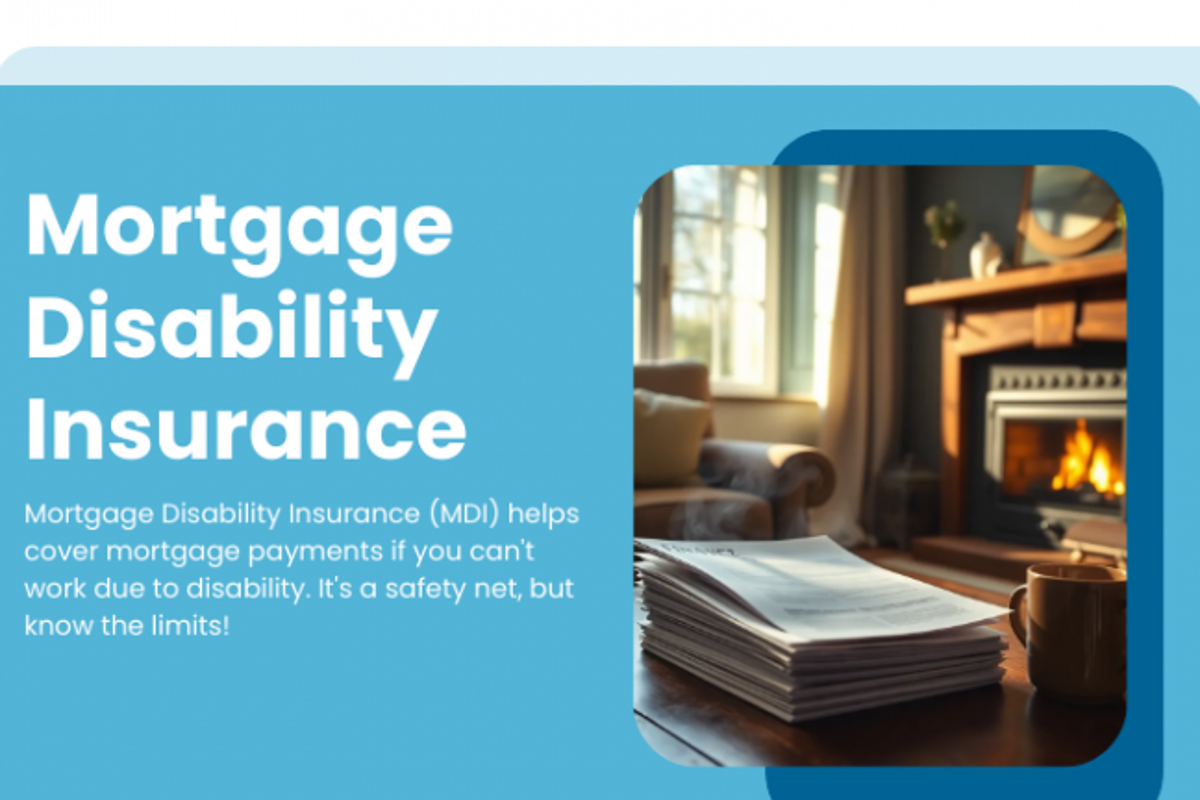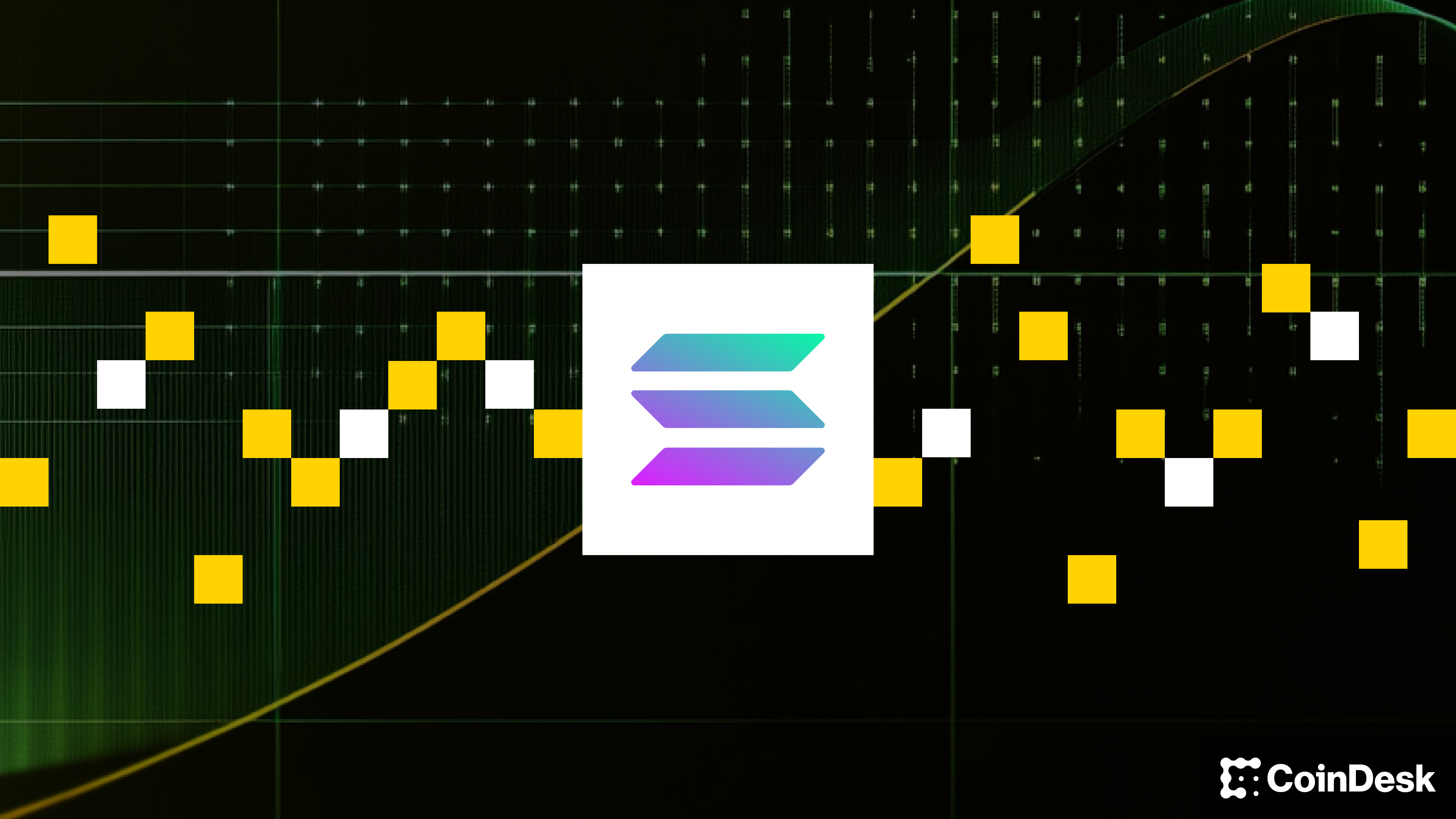Mortgage Disability Insurance: What Decision-Makers in Staffing, Operations & Business Continuity Must Know
By Benzinga Contributors
Copyright benzinga

For many homeowners, the mortgage represents the single largest fixed cost, a substantial monthly obligation that forms the bedrock of their financial stability. The ability to meet this crucial payment often hinges on consistent income. However, life is unpredictable. In cases of illness, injury, or disability, the sudden loss of the ability to work can precipitate a crisis, threatening not only the stability of personal finances but also, for those who are self-employed or business owners, the continuity of their business operations.
In such precarious situations, Mortgage Disability Insurance (MDI) emerges as a potential safeguard. MDI is designed to provide financial relief by covering mortgage payments for a specified period if the policyholder becomes disabled and unable to work. This type of insurance can offer a vital safety net, allowing individuals to focus on recovery without the immediate stress of mortgage delinquency or the potential loss of their home. It can also provide a crucial buffer for small business owners, ensuring that their personal financial obligations do not directly compromise their business’s ability to weather a challenging period.
Despite its potential benefits, it is crucial to understand that Mortgage Disability Insurance also carries limitations. These limitations can include waiting periods before benefits begin, caps on the amount or duration of payments, and specific definitions of what constitutes a “disability.” Furthermore, the cost of MDI can vary, and it’s essential for homeowners to carefully review policy terms, conditions, and exclusions to determine if it aligns with their individual needs and financial situation. While MDI offers one possible safeguard against the financial repercussions of an unexpected disability, it is not a universal solution and should be considered as part of a broader financial protection strategy.
What Is Mortgage Disability Insurance?
Mortgage Disability Insurance (MDI) is a type of insurance designed to cover all or part of your mortgage payments in the event you become disabled (due to illness or injury) and are unable to work.
Key features:
Coverage limited to mortgage payments (principal and interest, sometimes additional housing costs with riders)Benefit period: often 1-3 years maximum, after which payments stop regardless of remaining disability or mortgage balanceWaiting / elimination period: time between disability onset and when benefits begin (commonly 30-60 days)Payments go directly to lender rather than to policyholder in many cases
How Mortgage Disability Insurance Works: Key Mechanics
Pros & Cons: Risk-Return Analysis
Pros of Mortgage Disability Insurance
Peace of mind / mortgage protection Ensures mortgage payments continue so home equity isn’t lost even if income drops. Helps maintain stability for households.Ease of qualification Often easier to qualify than full disability policies. Medical underwriting is lighter or even non-existent in some cases.Preset benefit strategy for short-term disability If disability is expected to be temporary (e.g., injury recovery), MDI covers that gap for you or your employees, reducing operational disruption.Direct lender-payments reduce risk of misuse / misallocation Since the insurer sends funds straight to the mortgage lender, there’s less chance payments are diverted elsewhere. That ensures the mortgage stays current.
Cons of Mortgage Disability Insurance
Limited coverageOnly covers mortgage payments; does not help with other fixed costs (utilities, groceries, secondary loans) unless extra policies/riders are purchased.Diminishing valueAs mortgage principal declines, the benefit needed declines — but your premiums often do not. So cost per unit of protection rises over time.Short benefit periodsMany policies cap benefit payments at 1-3 years. If a disability lasts longer, you may exhaust coverage while still unable to work.Payments only to lenderThe homeowner often doesn’t see the funds; they go to the lender. That limits flexibility in financial recovery or adapting to new circumstances.Cost vs valuePremiums can add up, especially if bundled or as riders are added. Sometimes the cost for limited protection might not provide a good return compared to other insurance or savings.Potential overlapping / gapsIf you already have long-term disability or emergency reserves, MDI might duplicate coverage. If there is no such coverage, MDI might leave big gaps.
When Mortgage Disability Insurance Makes Sense
For decision-makers, the choice to adopt or recommend MDI should be based on circumstances. Here are scenarios where it might be particularly valuable:
When Mortgage Disability Insurance Likely Is Not the Best Choice
These are cases where you should probably rely on other risk-mitigation strategies instead of or in addition to MDI.
You already have strong long-term disability insurance that covers enough of your income to pay mortgage + other expenses.Your mortgage is small relative to income, or nearly paid off. Benefit value from MDI is marginal.Your emergency fund or liquidity is sufficient to cover 6-12 months’ mortgage and other expenses.You expect disability duration could be long (beyond policy benefit period) — in which case MDI alone will leave gaps.You require flexibility in payment use (not restricted to mortgage) for family or business expenses.
Comparing Mortgage Disability Insurance vs. Long-Term / Individual Disability Insurance
For many decision-makers, the real decision is whether to choose MDI, a full individual or group long-term disability policy, or a hybrid/rider approach. Here’s how they compare:
Key Policy Terms & What to Look For
When evaluating policies, whether for yourself, your employees, or your business continuity plan, scrutinize these terms closely:
Elimination / waiting periodThe time between disability onset and when payments begin.Benefit duration / maximum payment periodHow long will the policy make payments; does it cover short-term only or longer? If short, how will you handle a long-term disability?Covered disabilities / exclusionsWhat illnesses, injuries are included? Are pre-existing conditions excluded? Are mental health, chronic conditions, or occupational hazards included or excluded?Riders and add-onsFor example: coverage for property taxes, HOA fees, insurance; unemployment waiver of premium; return of premium; level benefit vs declining benefit.Premium factors & escalationHow is the premium calculated? Is it fixed or does it increase? Do they lock in rate? How do they adjust for a decreasing mortgage balance?Payout destinationDoes money go to the homeowner or lender? Depending on this, the level of flexibility changes.Interaction with other insurance / benefitsWill other existing policies reduce payout? Are there offsets? Coordination with employer disability, Social Security, etc.Cost vs benefit ratio & scenario modelingModel scenarios: short disability, long disability, illness with gradual recovery. Weigh total premiums vs possible payouts. Evaluate what happens if mortgage is small/large relative to income.
Business Continuity Considerations
For organizations, especially those that employ key staff, mortgage disability insurance has strategic implications beyond personal protection.
Retention & morale: Offering or facilitating access to mortgage disability insurance can be a component of benefits packages that show employers care about employees’ holistic well-being.Operational risk: If key personnel become disabled, their home mortgage stress can filter into work performance; protecting home stability can reduce distraction or stress.Leadership succession: Often leaders are not only financially responsible for their homes but also pivotal to operations. Disability in such cases may trigger partial incapacitation: protecting their mortgage reduces risk of sudden financial fallout.Cost vs investment analysis: For businesses, the cost of enabling MDI (if subsidized) vs cost of turnover, absenteeism, or loss of productivity needs to be modeled.
Decision Framework: Should You Offer / Buy Mortgage Disability Insurance?
Here’s a checklist decision-matrix for whether to integrate MDI into your personal / organizational protection plan.
Inventory of existing protectionsDo you have existing long-term disability or employer disability coverage?What is your emergency fund size (in months of fixed costs)?Any life insurance / critical illness insurance in place?Mortgage burden assessmentWhat % of income is the mortgage (principal + interest + related housing costs)?How quickly does equity build (how fast the mortgage balance declines)?Do you have high mortgage payments relative to income?Risk profileHealth status, occupational risk, ageLikelihood of disability in your profession or your teamFinancial capacityCan you afford premiums without straining your budget?Are there riders/options that significantly raise cost?Benefit scope needsIs mortgage protection alone sufficient, or do you need coverage for other fixed and variable costs?Need for flexibility (recipient of payment, duration, etc.)Compare alternativesIndividual / group long-term disability insuranceUsing savings / emergency fundCombination (MDI + LTD + savings)Operational / strategic impact (for businesses)Is this benefit something that helps recruitment, retention, or productivity?What is the cost vs benefit for the company, if offering or subsidizing?
Policy Comparison: What to Shop For
When evaluating different MDI policy offerings (either for personal purchase or group plan), here’s what to compare systematically:
Waiting period (30 vs 60 vs 90 days)Maximum benefit period (1 year, 2 years, 3 years, etc.)Riders: what additional costs are covered (property taxes, HOA, insurance, etc.)Premium structure: fixed vs escalated, refunds or return-of-premium optionsDefinition of disability: total vs partial vs own-occupation vs any-occupationExclusions & limitations: pre-existing conditions, mental health, self-inflicted, drug/alcohol, occupational exposurePayout beneficiary: lender vs policyholderCost of policy per dollar of benefit and how that cost changes over time (versus mortgage balance decline)
Best Practices for Implementation
If you decide to include MDI—or recommend it—these practices can help ensure it delivers value:
Transparency in policy design & communicationExplain waiting periods, benefit periods, riders, cost and declining value clearly. Avoid hidden cost surprises.Review periodicallyReassesses annually or when there are changes (mortgage refinanced, income shifts, health status changes) to ensure coverage is still appropriate.Bundle strategicallyUse as complement to long-term disability insurance; possibly combine in group benefits to lower cost (economies of scale).Train HR / financial plannersEnsure staff understand how disability interacts with mortgage, life insurance, employee benefits etc.Scenario modelingRun financial stress tests: long-term disability >3 years, health deterioration, mortgage growth if adjustable rate, etc. Use these to guide benefit design and reserve planning.
Frequently Asked Questions
Q1: What happens to your mortgage if you go on disability?A1: Without insurance, you must continue payments out of savings or other income. If payments are missed, you risk default, penalties, and foreclosure. With mortgage disability insurance, the insurer pays your mortgage during disability (after waiting period) up to policy limits.
Q2: Is mortgage disability insurance the same as mortgage protection insurance?A2: They overlap. Mortgage Protection Insurance (MPI) often includes both life and disability components. Mortgage disability insurance refers specifically to the disability portion—covering mortgage payments when disabled. MPI may also pay out on death.
Q3: Do I have to get mortgage disability insurance?A3: No. It is typically optional. Lenders may offer it, but you are not required to accept it. Evaluate other coverage options first.
Q4: How much does mortgage disability insurance cost?A4: It depends on mortgage size, principal & interest payments, age, health, benefit period, waiting period, riders. Premiums can be relatively affordable, but over time, especially as mortgage balance decreases or when riders are added, cost vs benefit may shift.
Q5: How long will benefits last?A5: Usually 1-3 years. Many policies have maximum benefit duration. Once that period ends, no further benefit even if disability continues.
Summary & Decision Points
Mortgage Disability Insurance offers targeted protection: only for mortgage payments, with short benefit duration.It tends to make sense when other coverages are weak, for high mortgage burden, or when regular disability insurance is hard to qualify for.But it is often not enough by itself — gaps in living expenses, limited vs fixed costs, declining benefit, cost inefficiencies are common.For organizations, MDI may be part of a risk mitigation and benefits strategy—but must be integrated with broader disability, life, and emergency reserve planning.



